Turmeric is one of the UK's most popular supplements, mostly thanks to its anti-inflammatory and antioxidant effects. In this guide we’re going to look at the origins of turmeric. We’ll discover more about the benefits of turmeric and how turmeric supplements can support your health and wellbeing.
- What is turmeric?
- Where does turmeric come from?
- What is curcumin?
- What are the health benefits of turmeric?
- How to take turmeric
- Does turmeric interact with medications?
- The best turmeric supplements
- References
What is turmeric?
Turmeric is a plant (Curcuma longa) and a herbaceous member of the ginger family. It is native to tropical areas of either the Indian Subcontinent or Southeast Asia.
The turmeric plant requires warm temperatures and plenty of rainfall to grow. It grows to a height of over three feet and has thick, tuberous roots and rhizomes. These are harvested and used to produce the popular spice. The root is what we all recognise as turmeric and is used to create the distinctive yellow powder.
Where does turmeric come from?
Fresh turmeric root has been used in India for centuries. Its uses vary from cooking, traditional medicine to cosmetics. It was also used in ancient Chinese medicine and as a pigment to dye the robes of Buddhist monks.
The roots are harvested every year, then boiled and ground to produce the familiar yellow turmeric powder that is used in food.

Turmeric is best known for the warm, earthy flavour and the golden colour it gives to curries and other South Asian dishes. It has also been used medicinally for thousands of years.
The root was known in the west as early as Marco Polo’s 13th-century journey to Asia. However, its potential health benefits were not recognised until the 20th century. Today you can buy many different turmeric products including turmeric lattes, teas, and many different turmeric supplements.
What is curcumin?
Around 3-5% of the raw turmeric root is made up of curcuminoids. These bioactive compounds are a type of polyphenol, and are responsible for the golden colour of the root. The three major curcuminoids are curcumin (over 70% of curcuminoids), demethoxycurcumin (DMC) (15-18%), and bisdemethoxycurcumin (BMC) (3-6%).
Curcumin is the best-researched active ingredient, despite it forming only 3% of turmeric. 1
Curcumin benefits are often limited by its low bioavailability or poor absorption. This is due to factors such as it not being water soluble and rapid elimination from the body.
Unless like in Indian cuisine you include turmeric powder in pretty much all your meals, you’re probably getting very little curcumin into your body. A bioavailable curcumin supplement is far more effective.
What are the health benefits of turmeric?
Turmeric supplements are becoming a popular choice for people with joint conditions. This is because research has shown it is a powerful anti-inflammatory. 2 Many chronic conditions are caused or made worse by inflammation, including arthritis and heart disease.
What is turmeric good for?
Various studies have found that curcumin:
- Can play a role in supporting and maintaining healthy and flexible joints. 3
- May help with normal muscle recovery after high-intensity exercise 4 ,as well as helping to reduce delayed onset muscle soreness (DOMS). 5 Studies conducted with elite athletes have shown that curcumin aids muscle recovery after high-intensity exercise. 5
This allows for better training and improved performance over time. - Is a powerful antioxidant. 2 Antioxidants help to protect cells from oxidative damage caused by the environment or lifestyle factors, and the normal ageing process.
- Can help to improve memory and mood in people with mild, age-related memory loss. 6
What's the best way to take turmeric?
There are two main ways you can take turmeric - in supplement form or by adding it to food and drinks. Each method will result in different levels of curcumin being absorbed and building up in your body. This is key to the turmeric getting to where it is needed most in your body.
Here we take a look at the advantages and disadvantages of each method.
Food
In Indian food, turmeric is cooked with fats such as butter, ghee or coconut oil. In traditional Indian medicine, turmeric is often diluted in warm milk. Putting turmeric into a lipolytic or fatty matrix provides a way for curcumin to be absorbed by the body.

Indian and South-East Asian cuisines commonly include turmeric. The root is used to lend its golden colour and warming flavour to curries, dhals, soups, rice dishes and more. Today, it has even become popular to include it in smoothies or to eat it with scrambled eggs.
Curcumin forms only 3% of turmeric1 , which means turmeric supplements are probably more effective than eating turmeric powder. Curcuminoids are not easily absorbed by the body in their raw state. This means they are not ‘bioavailable’.
You should choose a turmeric supplement that is bioavailable or highly absorbable. This is so your body can absorb more of the active ingredient, curcumin. Typically curcumin is difficult to absorb, and you can only obtain benefits if it reaches your bloodstream7.
Choosing a more bioavailable turmeric supplement means that you can achieve positive effects with less turmeric. This reduces the chances of experiencing side effects.
There is clear evidence for the effectiveness of curcumin in a wide range of clinical applications 11 ,2.
Does turmeric interact with medications?
Many people wonder about the compatibility of turmeric/curcumin supplements with medications such as anticoagulants and antiplatelet agents.
Anticoagulants and antiplatelet agents are frequently used for the prevention and treatment of a wide range of cardiovascular and cerebrovascular diseases. Warfarin (commercialised as Coumarin®) is the most widely prescribed anticoagulant in the UK.8 These medications are more likely than any other to interact with herbal supplements and medicines.9
In theory, curcumin may increase the effects of anticoagulants and antiplatelet agents and possibly increasing the risk of bleeding. This is because in vitro and animal studies have shown that curcumin can have an anticoagulant effect.10
If you are taking any medication you should consult your doctor or pharmacist before taking a supplement. Every person is different and will respond in their own way to a supplement. If you begin feeling unwell, stop taking the supplement and continue with the medication.
There is data from patients to support that curcumin and warfarin can be taken together.11
What are the best turmeric supplements?
Curcumin forms only 3% of the turmeric root.1 For this reason many supplements contain enriched turmeric extracts that provide up to 95% curcuminoids.
The amount of the active ingredient is not the most important factor. Looking for the best turmeric supplement on the market? You need to find out whether it is bioavailable.
Curcumin is difficult for the body to absorb in its raw state. This is mainly because it is not soluble in water. It is also poorly soluble in lipophilic – fatty – solvents.7 Many supplements on the market have not addressed the issue of bioavailability and are therefore less effective. If the curcumin isn’t absorbed it won’t give any health benefits.
Black pepper
Many turmeric supplements contain black pepper or piperine to aid absorption. It is not completely understood how piperine increases curcumin levels in the body, but it is thought that it does this by inhibiting the natural processes that prevent medicines or drugs from collecting in the body.
Liposome
Some turmeric supplements contain curcumin in a liposome/micelle form where the active ingredient is encased inside a lipid cavity. This means it is in the centre of a drop of fat. Curcumin liposomes have been used in some early studies for cancer treatment, where the liposome is injected directly into the bloodstream.
Curcumin supplements that use liposomes have been shown to increase curcumin levels in blood.14 However there isn’t yet much data to link this to improved health benefits.
Phytosome
Turmeric (and curcumin) are traditionally mixed with fats like ghee, coconut milk and oil in Indian cuisine. A formula that uses phytosome technology mimics this method.
A phytosome is a lipolytic complex of a natural active ingredient (such as curcumin) and lecithin, a natural fat.16 It looks similar to a liposome, but in this case, the active molecule is attached to the fat, so it can be found all over the drop, instead of just being concentrated in the centre.
Due to this difference in structure, phytosomes are more stable and are able to deliver more active ingredient than liposomes 17
We formulate Turmeric+ and Turmeric+ Gold using Meriva®, a patented curcumin phytosome complex. Pharmacokinetics studies show significant absorption benefits, with a 30-fold increase versus a standard turmeric extract.
A specific curcumin phytosome has been the subject of numerous studies covering 10 different areas including eye health, joint health, rheumatoid arthritis and pain relief, conducted in healthy volunteers and patients, have validated the effectiveness of this formulation.
Improved absorption is just part of the story. A curcumin supplement should be proven effective by human studies to demonstrate that it is able to get where it's needed in the body. In recent years scientists have prioritised research into the effects of curcumin. Over the past 20 years, there have been 48 published human studies focused on the patented Meriva® formulation alone.
References
1. Nagpal M & Shaveta S. Role of curcumin in systemic and oral health: an overview. J Nat Sci Biol Med. 2013; 4(1):3-7.
2. Hewlings SJ & Kalman DS. Curcumin: a review of its’ effects on human health. Foods. 2017; 6(10) pii: E92
3. Yang M, Akbar U, MOhan C. Curcumin in autoimmune and rheumatic diseases. Nutrients. 2019; 11(5) pii: E1004
4. Heaton LE, Davis JK, Rawson ES, Nuccio RP, Witard OC, Stein KW, Baar K, Carter JM, Baker LB. Selected in-season nutritional strategies to enhance recovery for team sport athletes: a practical overview. Sports Med. 2017; 47(11): 2201-2218
5. Drobnic F, Riera J, Appendino G, Togni S, Franceschi F, Valle X, Pons A, Tur J. Reduction of delayed onset muscle soreness by a novel curcumin delivery system(Meriva®): a randomised, placebo-controlled trial. J Int Soc Sports Nutr. 2014; 11:31.
6. Sarker MR, Franks SF. Efficacy of curcumin for age-associated cognitive decline: a narrative review of preclinical and clinical studies. Geroscience. 2018; 40(2):73-95
7. Anand P, Kunnumakkara AB, Newman RA, Aggarwal BB. Bioavailability of curcumin: problems and promises. Mol Pharmaceutics. 2007; 4(6): 807-818
8. NHS conditions, Anticoagulant medicines, Overview.
9. Posadzki P, Watson L, Ernst E. Herb-drug interactions: an overview of systematic reviews. Br J Clin Pharmacol. 2013; 75(3):603-618
10. Ulbricht C, BaschE, Barrete E, Boon H, Chao W, Costa D, Higdon ER, Isaac R, Lynch M, Papaliodis G, Serrano J, Varghese A, Vora M, Windsor R, Woods J. Turmeric (Curcuma longa): an evidence-based systematic review by the natural standard research collaboration. Altern Complement Ther. 2011; 17: 225-236
11. Hu S, Belcaro G, Dugall M, Peterzan P, Hosoi M, Ledda A, Riva A, Giacomelli L, Togni S, Eggenhoffner R, Cotellese R. Interaction study between antiplatelet agents, anticoagulants, thyroid replacement therapy and a bioavailable formulation of curcumin(Meriva®). Eur Rev Pharmacol Sci. 2018; 22(15): 5042-5046
14. Schiborr C, Kocher A, Behnam D, Jandasek J, Toelstede S, Frank J. The oral bioavailability of curcumin from micronized powder and liquid micelles is significantly increased in healthy humans and differs between sexes. Mol Nutr Food Res. 2014; 58(3): 516-527
16. Nanavati B. Phytosome: a novel approach to enhance the bioavailability of phytoconstituent. Asian J Pharm. 2017; 11(3)
17. Smilkov K, Ackova DG, Cvetkovski A, Ruskovska T, Vidovic B, Atalay M. Piperine: Old Spice and New Nutraceutical?Curr Pharm Des. 2019;25(15):1729-1739


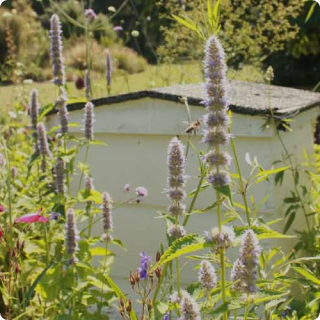



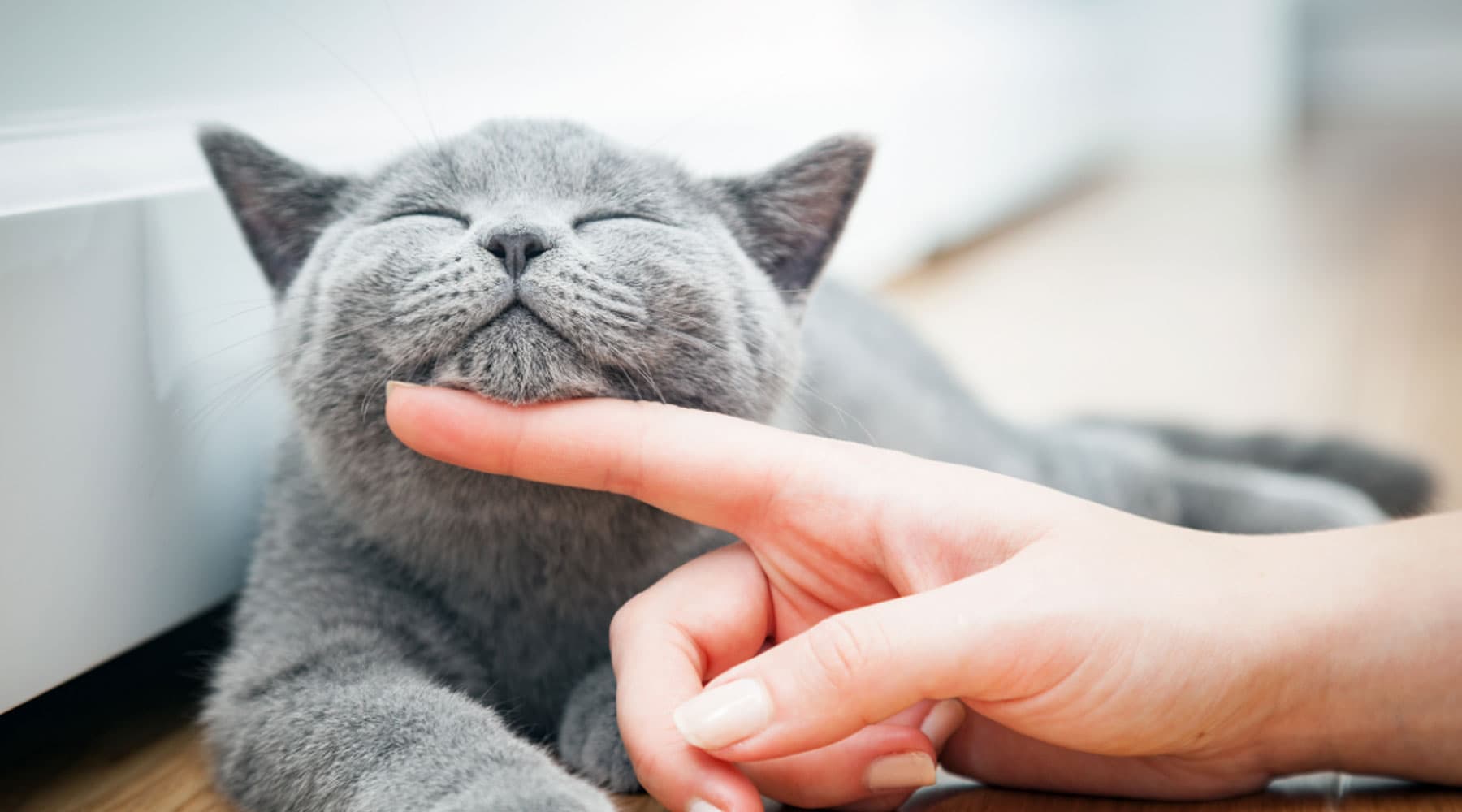


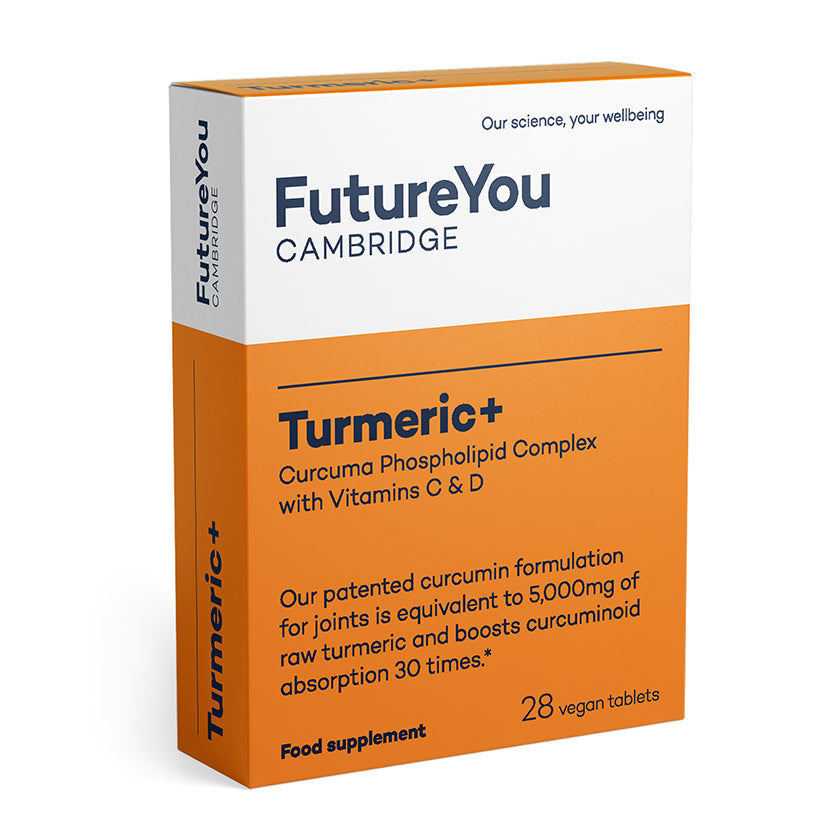


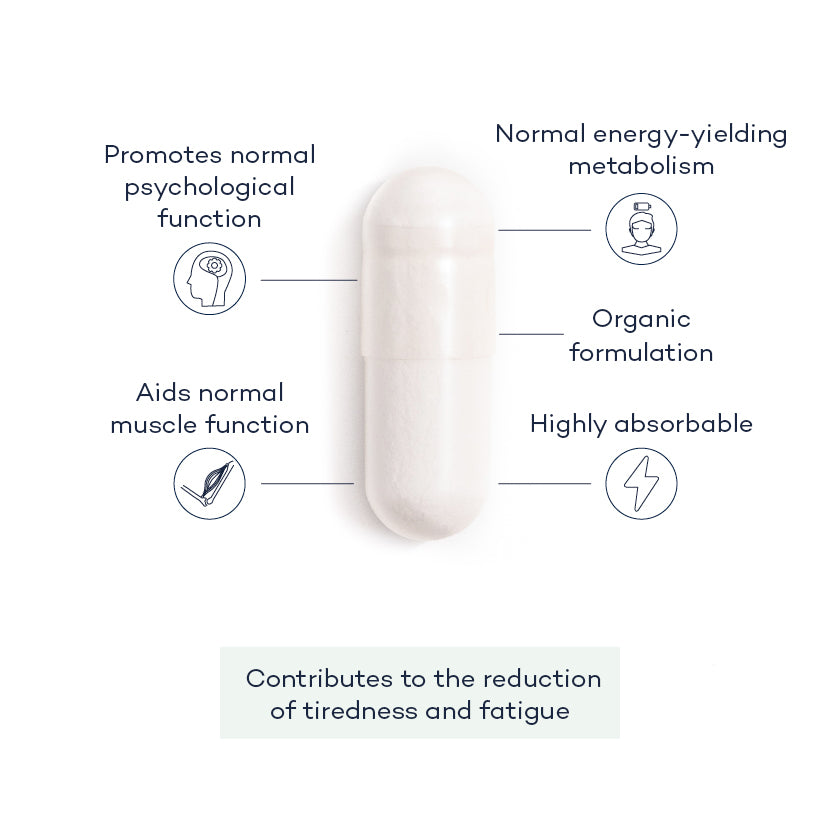
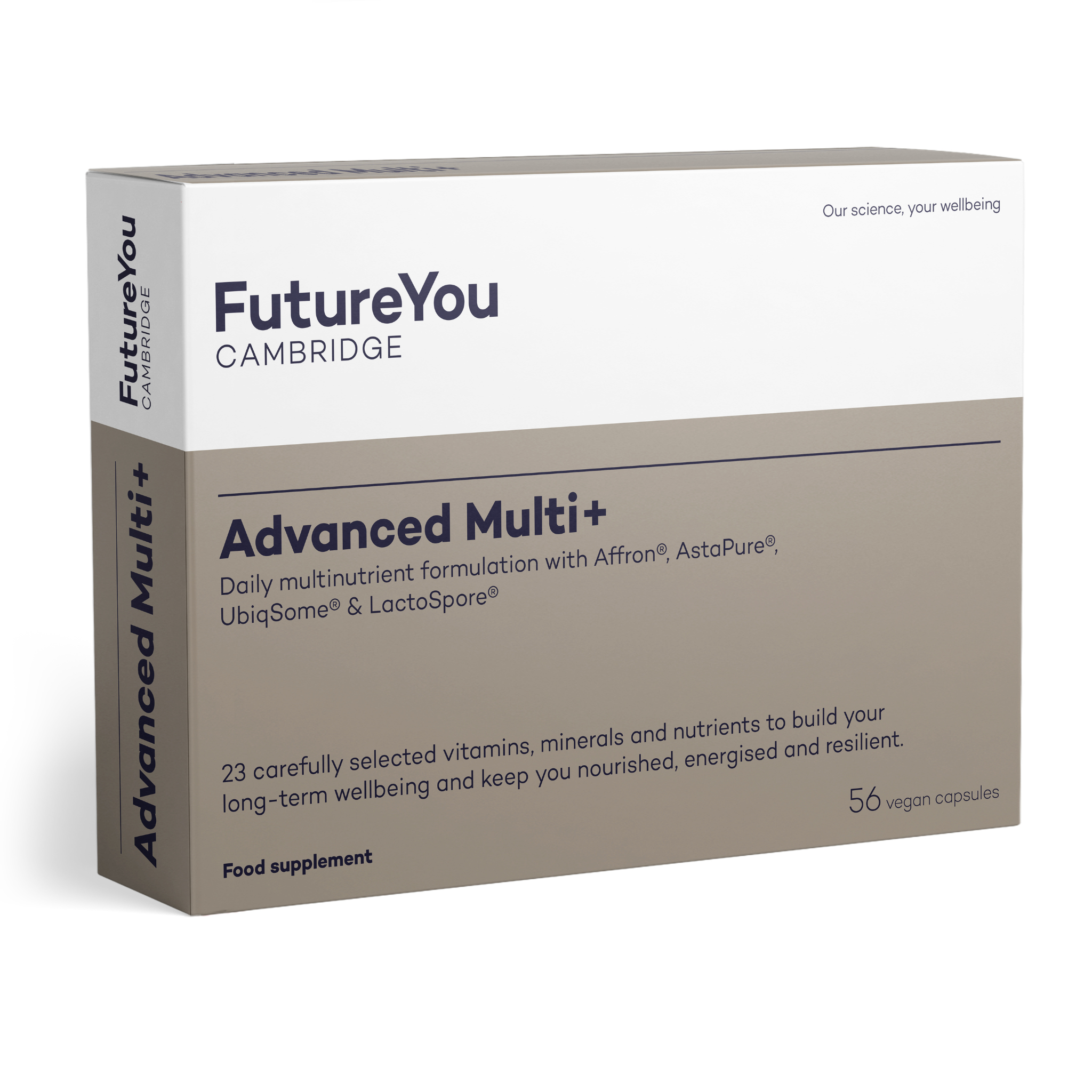
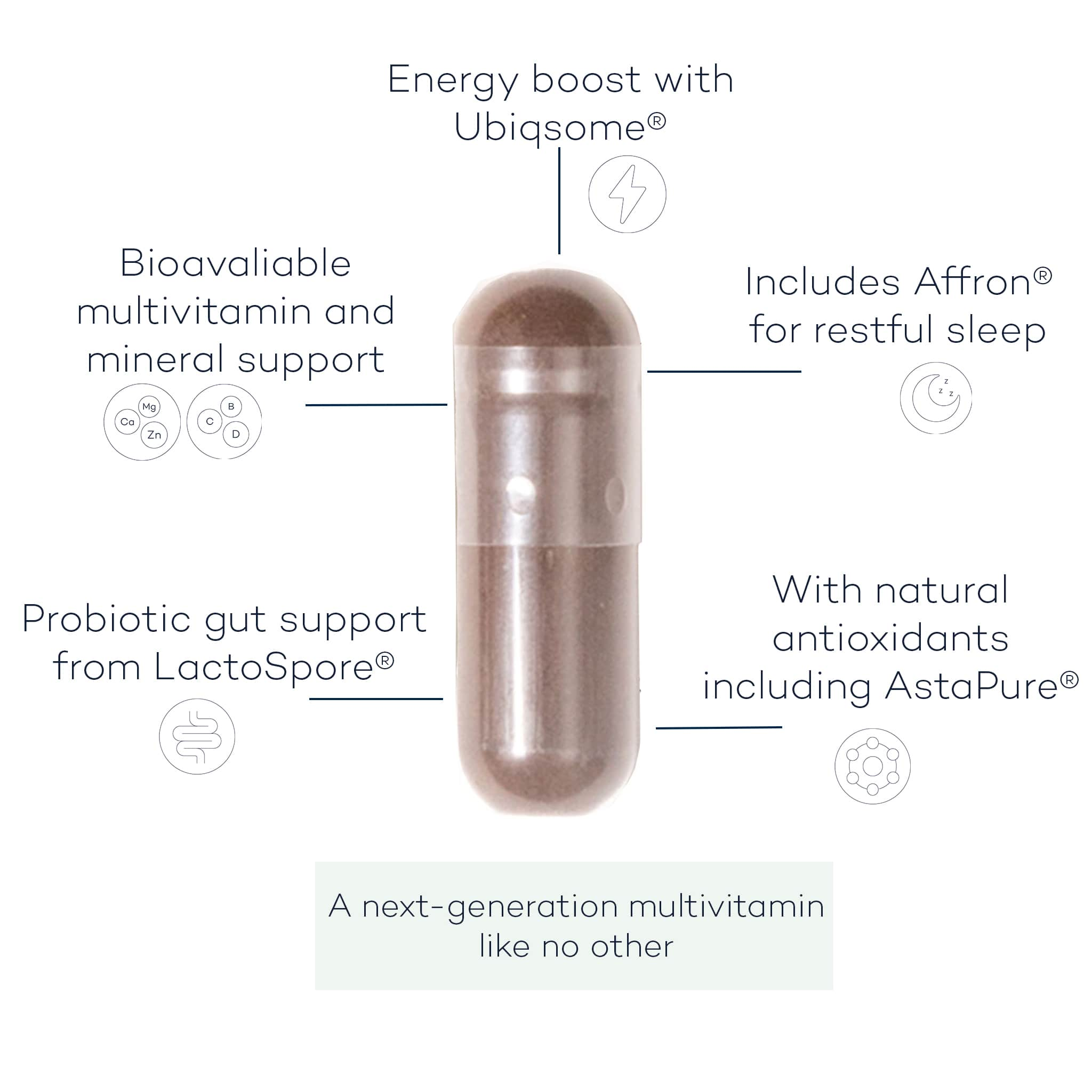
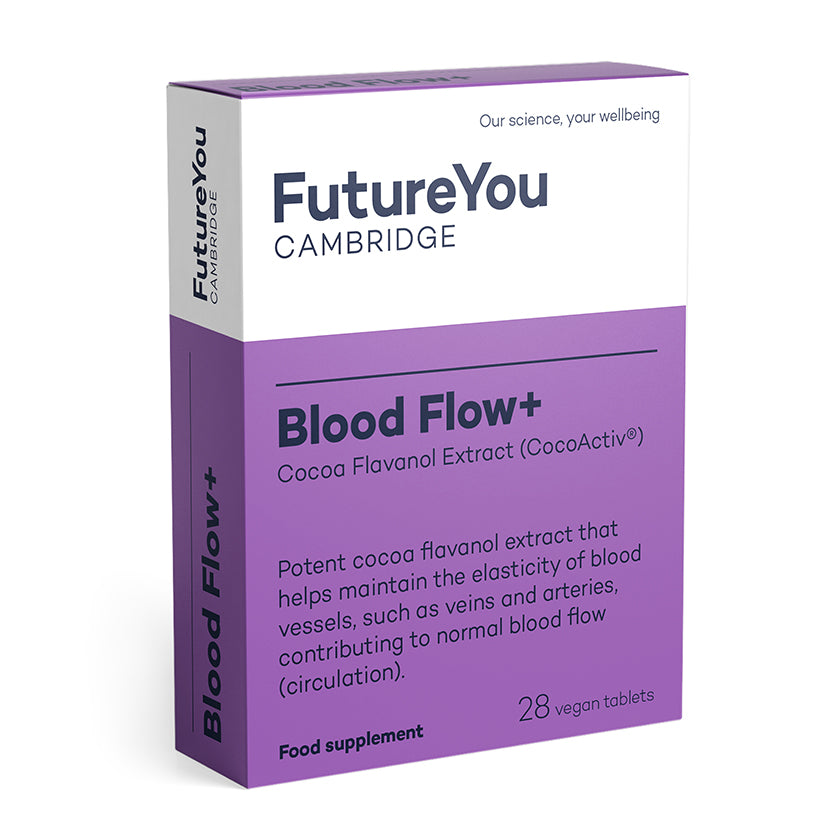
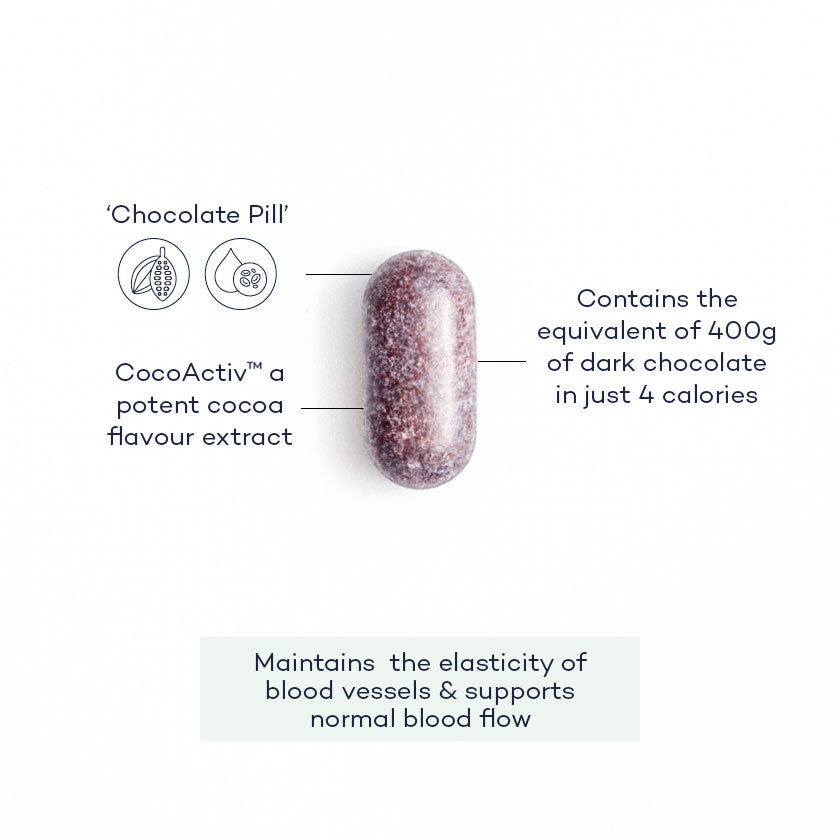

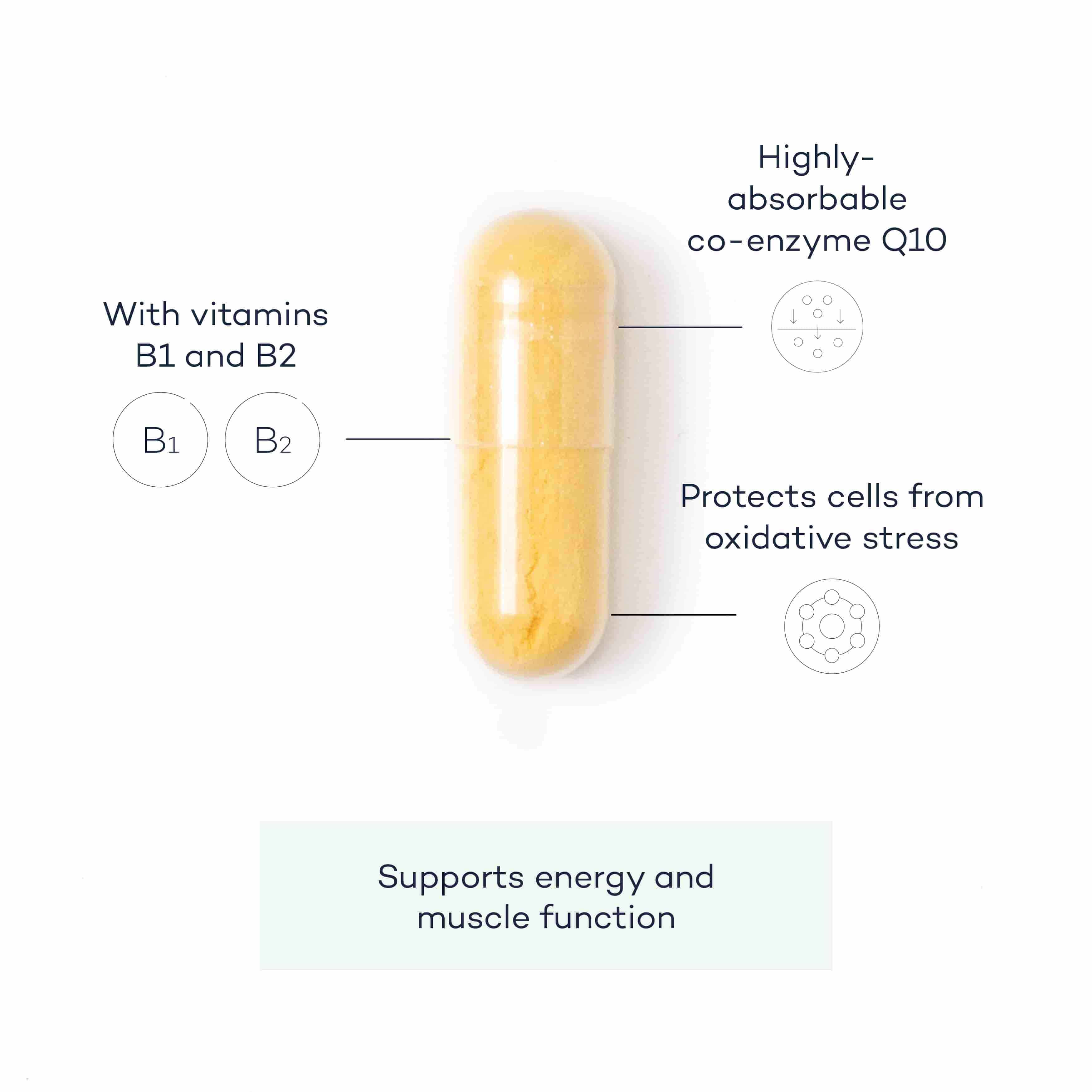
Leave a comment
All comments are moderated before being published.
This site is protected by hCaptcha and the hCaptcha Privacy Policy and Terms of Service apply.